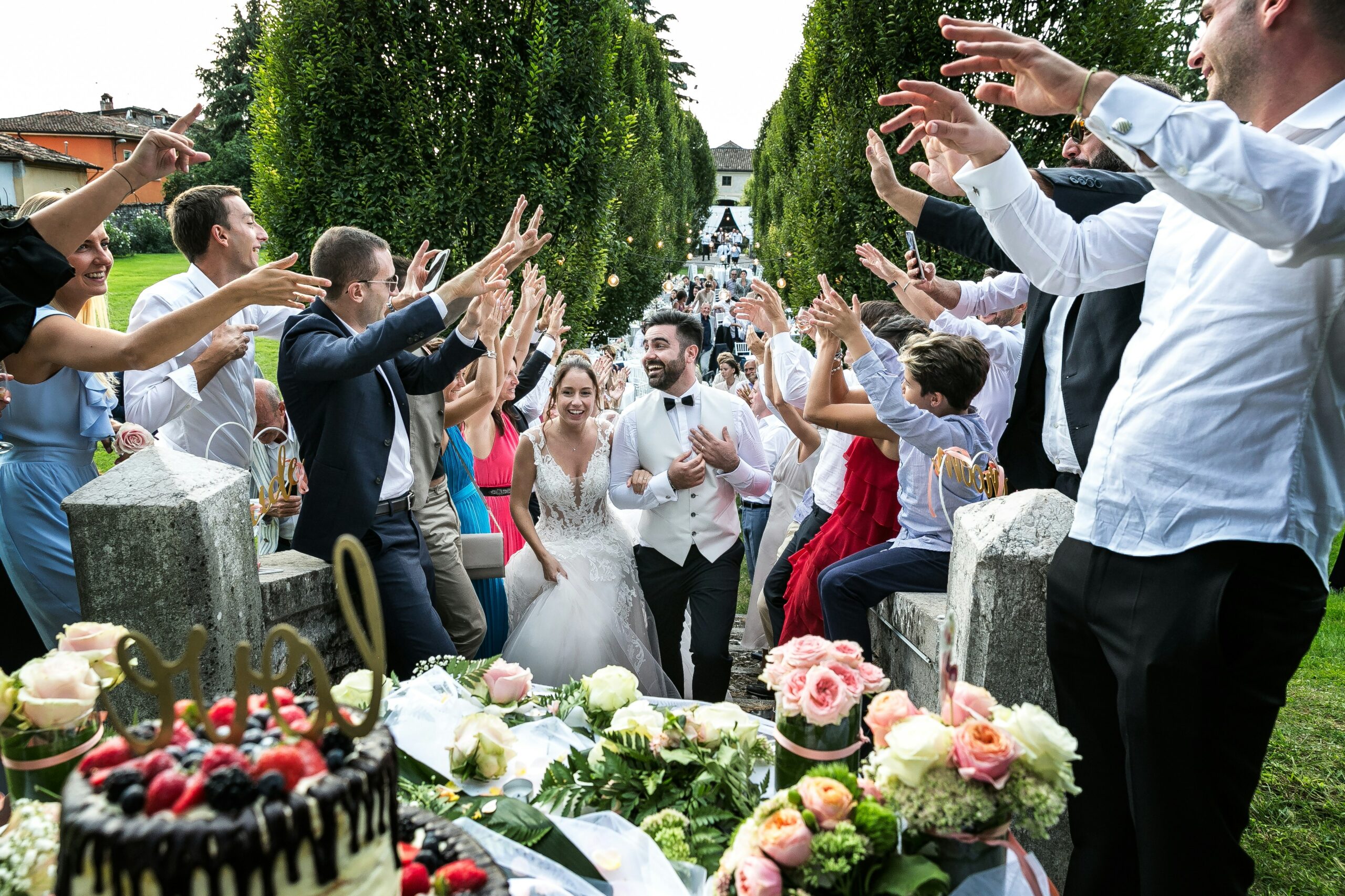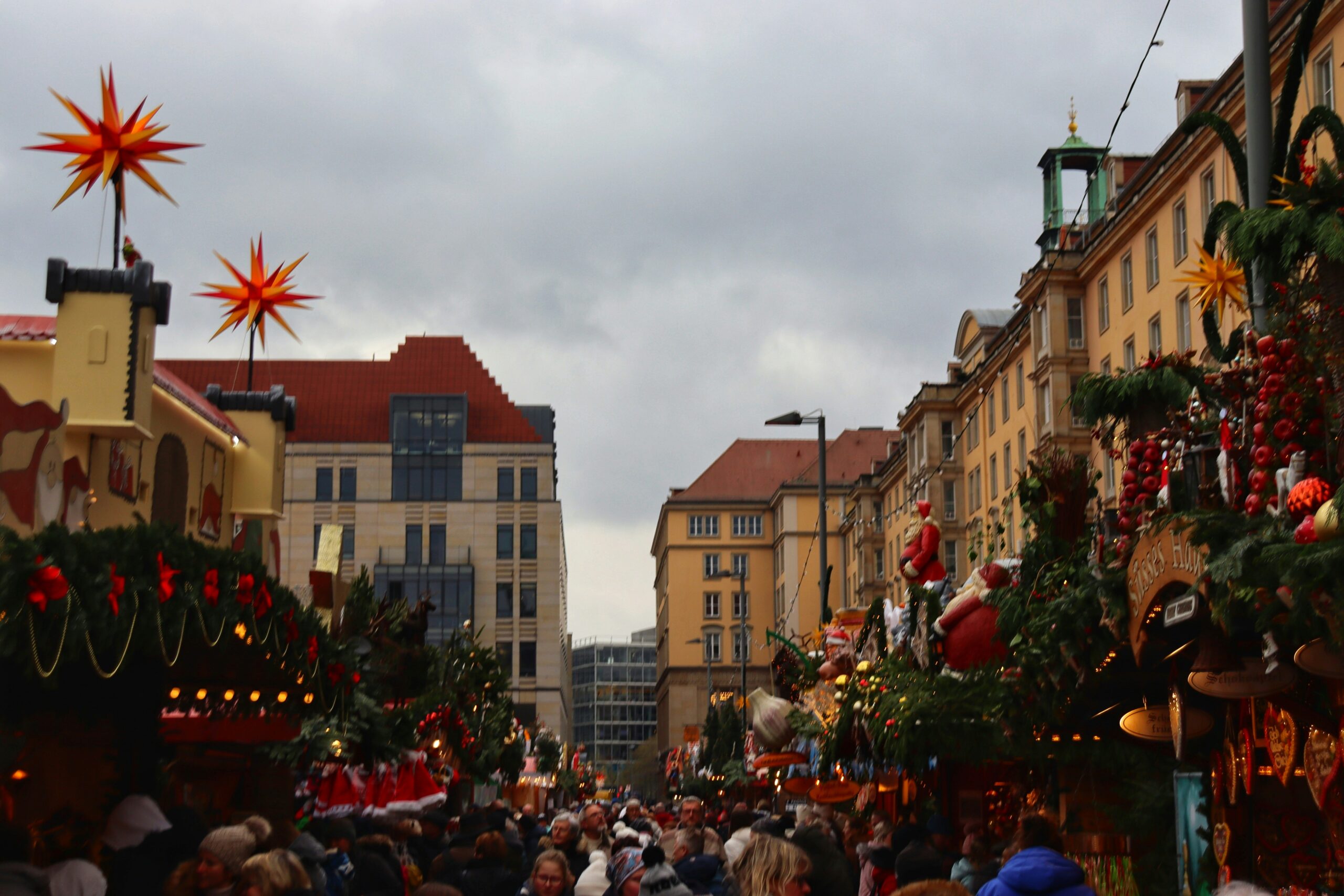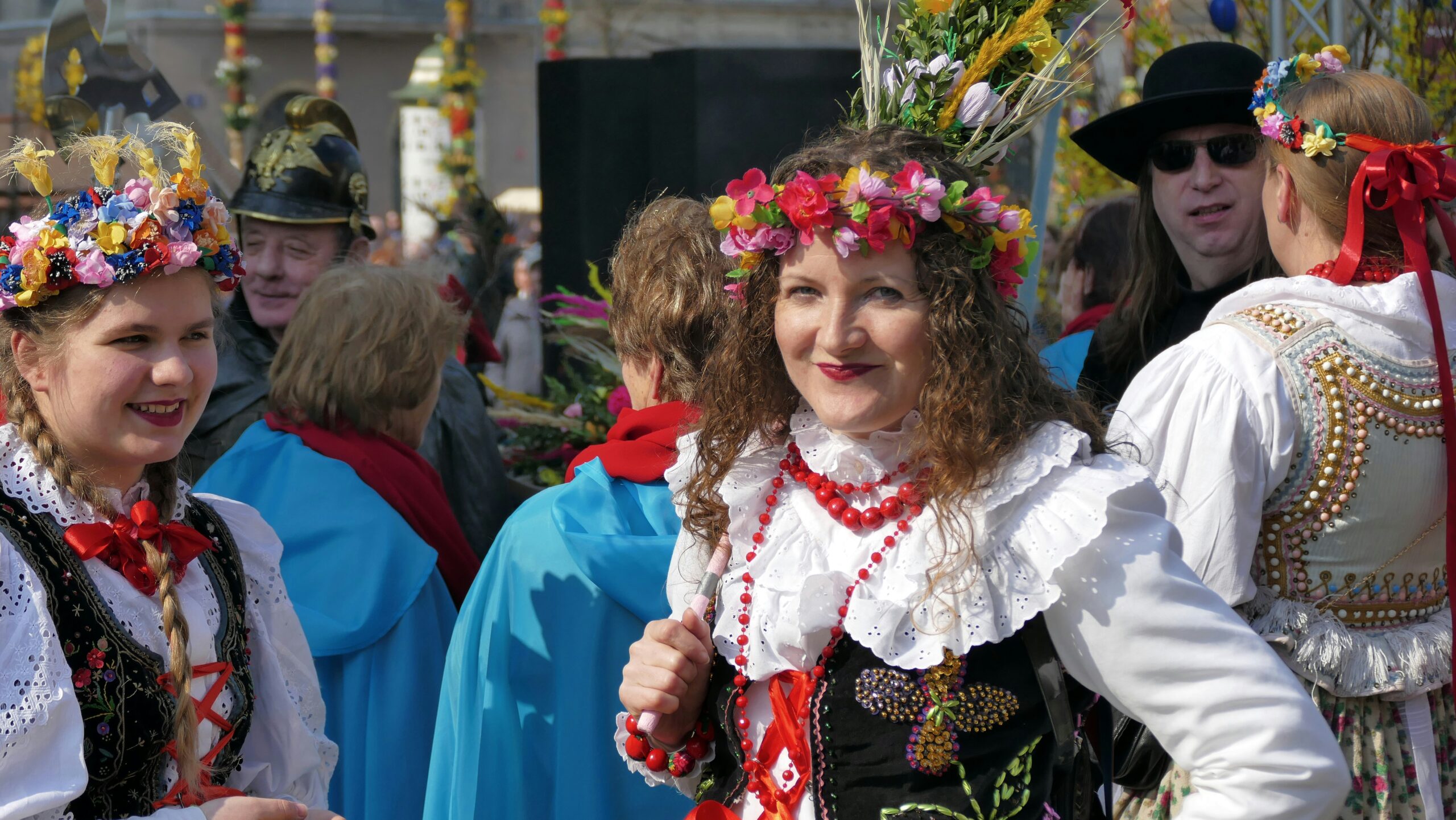German Traditions for Kids | A Fun and Festive Journey Through Culture
German Traditions for Kids | A Fun and Festive Journey Through Culture
Germany is a country rich in traditions, many of which are specifically geared toward children. Whether you are a tourist exploring German culture, a food lover curious about festive treats, or a history buff intrigued by age-old customs, German traditions for kids offer a delightful mix of fun, education, and celebration. From special festivals to unique customs, let’s dive into the fascinating world of German traditions designed to bring joy to children.
- St. Martin’s Day (Martinstag) – A Festival of Light and Kindness
One of the most beloved traditions for children in Germany is St. Martin’s Day, celebrated on November 11th. This holiday honors St. Martin, a Roman soldier who later became a bishop and was known for his kindness and generosity.
How It’s Celebrated:
- Lantern Processions: Children make their own colorful lanterns in school or at home and walk in evening parades, singing traditional songs about St. Martin.
- Sharing and Giving: Inspired by the legend of St. Martin sharing his coat with a beggar, children often participate in charity activities.
- Martinsgans (St. Martin’s Goose): Families enjoy a festive meal featuring roasted goose, red cabbage, and dumplings.
- Nikolaustag (St. Nicholas Day) – A Special Surprise in Shoes
On the night of December 5th, German children clean their shoes and place them outside their doors, hoping for a visit from St. Nicholas (Nikolaus).
The Tradition:
- If a child has been good, Nikolaus fills their shoe with nuts, chocolates, fruits, and small gifts.
- If a child has been naughty, they might find a wooden rod (Rute) left by Knecht Ruprecht, Nikolaus’ stern companion.
- Some regions celebrate with festive markets, plays, and school events centered around the story of St. Nicholas.
- Christmas (Weihnachten) – A Magical Time for Children
German Christmas traditions are magical, especially for kids. The Christmas season officially begins with Advent, four weeks before Christmas Eve.
Highlights for Children:
- Advent Calendars (Adventskalender): Kids open a door on their calendar each day from December 1st to 24th, finding chocolates, small toys, or even poems inside.
- Christmas Eve (Heiligabend): Unlike in many countries where Santa delivers presents on December 25th, German kids receive their gifts on the night of December 24th from the Christkind (Christmas Angel) or Weihnachtsmann (Father Christmas).
- Christmas Markets: Families visit famous Weihnachtsmärkte, where kids enjoy carousel rides, roasted almonds, and gingerbread cookies (Lebkuchen).
- Easter (Ostern) – The Hunt for Hidden Treasures
Easter in Germany is an exciting time for children, with various traditions that make the holiday special.
What Makes German Easter Special?
- Easter Egg Hunts (Ostereiersuche): On Easter Sunday, kids search gardens, parks, or homes for hidden chocolate eggs, candies, and small toys.
- The Easter Bunny (Osterhase): The idea of a bunny delivering eggs originated in Germany, and children eagerly await treats from the Osterhase.
- Easter Fires (Osterfeuer): A tradition in some parts of Germany where families gather around large bonfires to celebrate the arrival of spring.
- The First Day of School (Einschulung) – A Big Day for First-Graders
Starting school in Germany is a huge milestone, marked by the tradition of Einschulung.
How It’s Celebrated:
- Schultüte (School Cone): On their first day of school, children receive a giant, decorated cone filled with candies, school supplies, and small toys.
- Family Gatherings: Families celebrate the day with parties, special meals, and school visits.
- Welcome Ceremonies: Schools often host welcoming events with music and performances for the new students.
- Birthday Traditions – A Day Fit for a King or Queen
German birthdays are extra special for children, as they often come with unique traditions that make them feel like royalty for the day.
German Birthday Customs:
- No Early Birthday Wishes! Germans believe that wishing someone a happy birthday before their actual day brings bad luck.
- Birthday Crown: Many children wear a decorative birthday crown, making them feel like the star of the day.
- Birthday Wreath (Geburtstagskranz): A circular wreath with candles (one for each year of age) is placed on the birthday table.
- Kindergeburtstag (Children’s Party): Instead of large family gatherings, German kids have their own birthday parties with friends, fun games, and cake.
- Fasching/Karneval – Germany’s Colorful Kids’ Festival
Germany’s version of Carnival (Karneval or Fasching) is a time of fun, laughter, and dressing up.
Why Kids Love It:
- Costumes and Parades: Children dress up as pirates, princesses, or superheroes and participate in street parades with music and candy-throwing.
- Helau and Alaaf: The fun starts with kids shouting traditional carnival cheers like “Helau!” and “Alaaf!”.
- Fasching Parties at School: Schools hold costume contests, games, and dance parties.
- Maypole (Maibaum) and Children’s May Day (Maifest)
In early May, many German towns hold Maifest, celebrating the arrival of spring.
Fun Traditions for Kids:
- Decorating the Maypole (Maibaum): Children help decorate a tall tree with colorful ribbons and wreaths.
- May Dances: Schools and community centers organize fun folk dances for kids.
- Outdoor Picnics and Games: Families spend the day outside, enjoying music, food, and traditional games.
Conclusion: A Country Full of Traditions for Kids
Germany’s traditions for kids are vibrant, fun, and deeply meaningful. From lantern-lit processions in November to colorful Easter egg hunts in spring, children in Germany grow up surrounded by festivals that teach them about generosity, celebration, and cultural heritage.
If you ever visit Germany with kids, immerse yourself in these traditions—you’ll find that they’re not only fun but also offer a beautiful glimpse into the heart of German culture.



